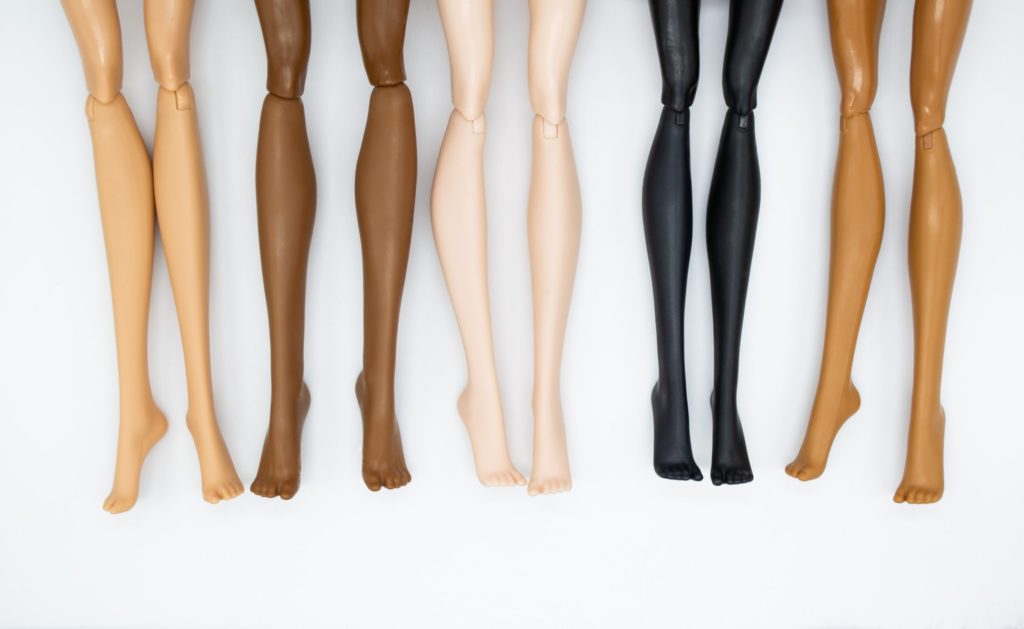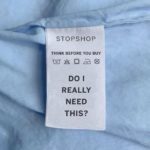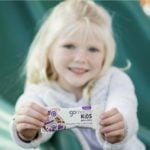Since Barbie first hit toy store shelves in 1959, she has been one of the most popular dolls in the world. Barbie has also been a controversial figure, criticized for her unrealistic body proportions and lack of diversity. But Barbie has undergone some significant changes in recent years, becoming more inclusive in an effort to better reflect the world around us. Keep reading to learn more about how much Barbie has changed over the years.
Barbie represents different ethnicities and cultures.
Barbie was created in 1959 by Ruth Handler, who was inspired by her daughter’s love for paper dolls. In Mattel’s early years, Barbie was designed with a white body and blonde hair—that’s it. Children of color who wanted to play with dolls were left with a major lack of inclusive options. In order to make Barbie more inclusive, Mattel began releasing Barbies of different colors and with different hairstyles. The first black Barbie doll, named Christie, was introduced in 1968. The new design was intended to represent the facial features of black women, but the body type remained the same to keep the clothes interchangeable with other Barbie dolls. They also released the Mexican-American doll “Sofia” shortly after Christie’s release. Presently, there are Barbies for almost every ethnicity imaginable. Many of the best DEI podcasts reiterate that this has made the Barbie brand more relatable to a broader range of people, and it has helped to break down some of the barriers between races.
Since then, Mattel has continued to make even bigger strides in terms of diversity. In 2017, the company released its first hijab-wearing Barbie doll. This doll was modeled after Ibtihaj Muhammad, an American fencer who competed in the 2016 Olympics while wearing a hijab. The release of this doll was seen as a major victory by many people within the Muslim community, as it helped break down barriers and promote inclusion. They have also introduced new dolls with physical and mental disabilities, like a wheelchair-using Barbie and a Barbie with Down Syndrome.
Barbie teaches girls to be confident.
In addition to changing the physical appearance of the dolls, Barbie has also begun promoting more inclusive messages in her advertising campaigns and other marketing materials. An early example of positive messaging was the famous Barbie quote, “life is your creation.” This slogan enabled children to dream big and follow their hearts. Mattel’s recent ad campaigns have been even more inspiring. For example, one ad campaign from 2017 featured the message, “Barbie reflects the world girls see around them.” This campaign encouraged inclusion and diversity by showing that everyone deserves a chance to be themselves without judgment or discrimination. Barbie also encourages girls to pursue careers that are typically considered to be male-dominated. Career paths like engineering and computer science have both made appearances in various Barbie collections.
Barbie had also been criticized in the past for promoting an unrealistic body image and for being misogynistic. However, Barbie’s designers have gradually made her body type more realistic over time. In 2016, Mattel released three new body types for Barbie dolls: curvy, tall, and petite. These new body types aimed to represent a wider range of women’s bodies than the traditional slim figure. The addition of these body types helps young children grow up with a more stable idea of what the average body type looks like.
Overall, Mattel has made significant progress over the past few years when it comes to including diverse groups of people within its Barbie line. By releasing dolls that represent different skin tones, religions, and disabilities, the company is helping to break down barriers and promote inclusion for all children.











